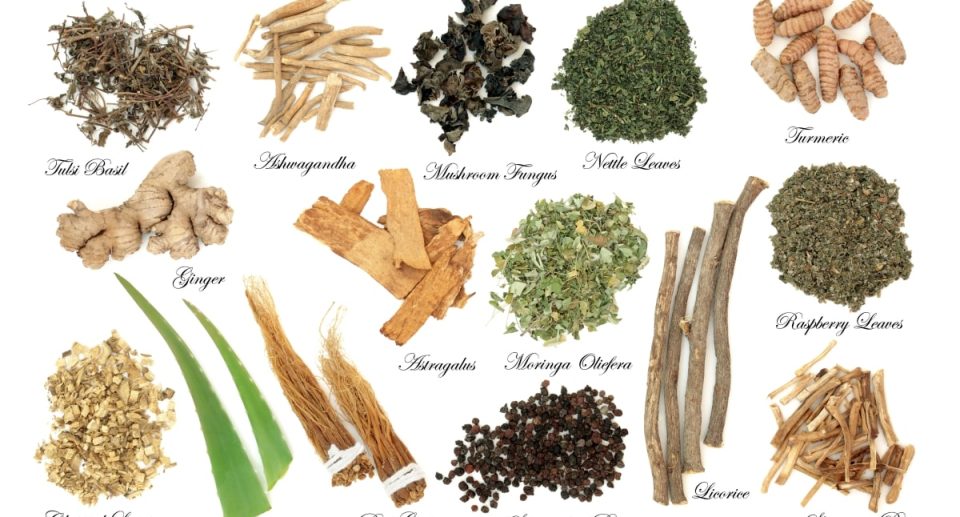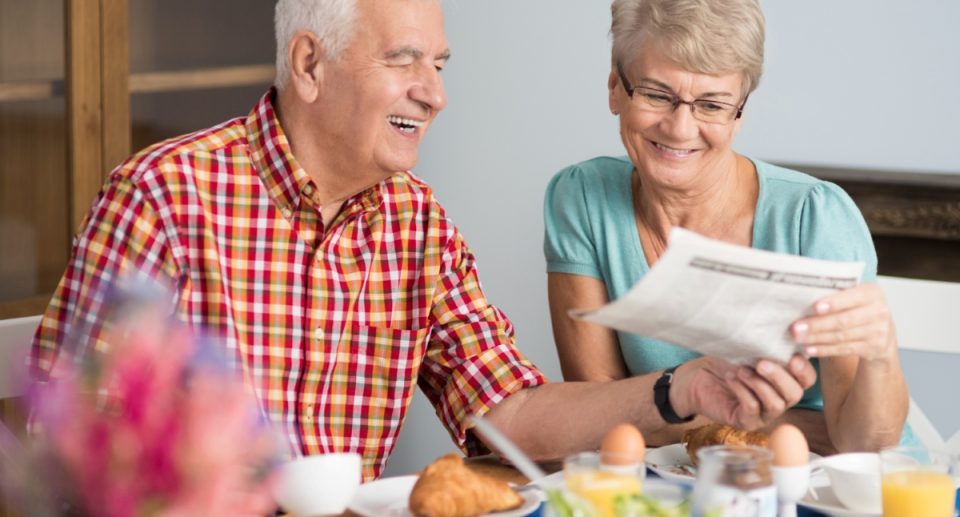
Entering your golden years opens a new chapter of life filled with opportunities for growth, joy, and exploration. Staying active during this time is not just about maintaining physical health; it’s about enriching your life in every way possible. Regular physical activity can enhance your quality of life, boost your mood, and help you remain independent and engaged. Whether you’re looking to keep your body strong, your mind sharp, or simply to enjoy social interactions, incorporating regular activity into your routine is key. This guide provides practical tips and strategies to help you stay active and make the most of your golden years.
1. Understanding the Importance of Staying Active

Physical Benefits
Maintaining an active lifestyle as you age provides numerous physical benefits. Regular exercise helps improve cardiovascular health by reducing blood pressure and cholesterol levels. Engaging in activities like walking or swimming strengthens your heart and lungs, making everyday tasks easier. Strength training, such as lifting light weights or using resistance bands, supports muscle mass and bone density, crucial for preventing falls and fractures.
Mental and Emotional Benefits
The mental and emotional benefits of staying active are equally significant. Regular physical activity has been shown to reduce symptoms of depression and anxiety. Exercise stimulates the release of endorphins, which can improve your mood and overall sense of well-being. Additionally, staying active helps maintain cognitive function and memory, which is important for keeping your mind sharp as you age. Engaging in activities that you enjoy and that provide a sense of accomplishment can also enhance your self-esteem and give you a greater sense of purpose.
Social Benefits
Staying active often means participating in group activities or community events, which can be a great way to meet new people and build lasting relationships. Social interactions and engagement are crucial for emotional health and can prevent feelings of isolation. By joining clubs, classes, or community groups, you not only stay physically active but also foster meaningful connections and a sense of belonging.
2. Types of Physical Activities for Seniors
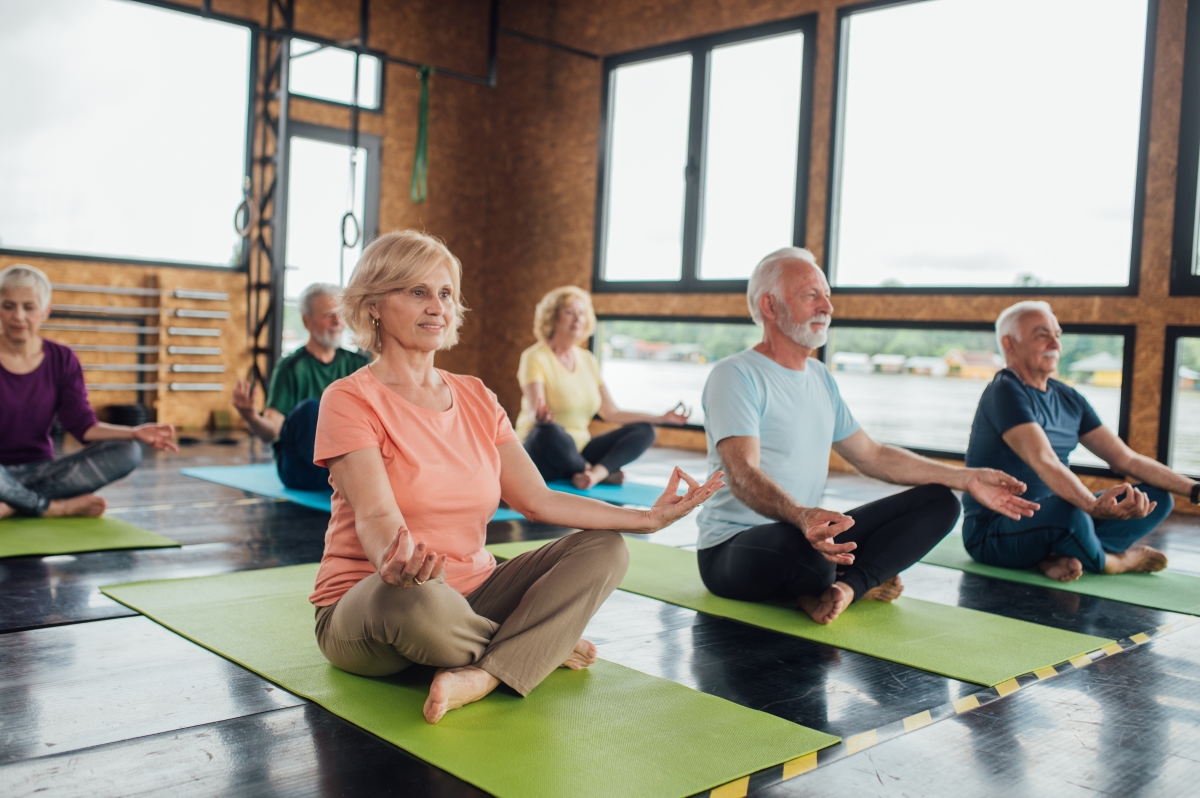
Low-Impact Exercises
Low-impact exercises are ideal for seniors as they are gentle on the joints while still providing substantial health benefits. Walking is a simple yet effective way to stay active; it’s easy to incorporate into your daily routine and can be done almost anywhere. Swimming and water aerobics are excellent choices for those with joint concerns, as the water supports your body and reduces the risk of injury. Cycling, whether on a stationary bike or outdoors, also offers a great cardiovascular workout with minimal impact on the joints.
Strength Training
Strength training is crucial for maintaining muscle mass and bone health. Incorporating exercises such as using resistance bands, light weights, or even bodyweight exercises like squats and lunges can be beneficial. These exercises help improve strength, balance, and flexibility, which are essential for preventing falls and supporting overall mobility.
Flexibility and Balance Exercises
Flexibility and balance exercises are particularly important for seniors to reduce the risk of falls and improve overall mobility. Yoga is an excellent choice for increasing flexibility and balance, offering a range of poses that can be adapted to different fitness levels. Tai Chi, with its slow and deliberate movements, helps enhance balance and coordination. Regular stretching routines can also improve flexibility and reduce stiffness.
3. Creating an Effective Exercise Routine

Setting Realistic Goals
When creating an exercise routine, start by setting realistic and achievable goals based on your current fitness level. Assess where you are and establish both short-term and long-term goals. For instance, a short-term goal might be to walk 15 minutes a day, while a long-term goal could be to participate in a community fitness event. Setting clear, attainable goals helps keep you motivated and focused.
Incorporating Variety
To keep your exercise routine engaging and prevent boredom, incorporate a variety of activities. Mixing different types of exercises—such as combining cardio with strength training and flexibility workouts—can provide a well-rounded fitness regimen. Exploring new activities or hobbies, such as dancing or gardening, can also add excitement to your routine.
Staying Consistent
Consistency is key to reaping the benefits of physical activity. Develop a routine that fits into your schedule and make exercise a regular part of your day. Finding a workout buddy or joining a group can provide additional motivation and make the experience more enjoyable. Setting reminders and creating a dedicated exercise space at home can also help you stay on track.
4. Adapting Activities for Physical Limitations

Listening to Your Body
It’s essential to listen to your body and recognize when you need to modify exercises to prevent injury. Pay attention to any signs of overexertion or discomfort and adjust your activities accordingly. For example, if a particular exercise causes pain, consider switching to a gentler alternative or consulting with a fitness professional for guidance.
Using Assistive Devices
If you have physical limitations, using assistive devices can make exercise more accessible. Walkers or canes can provide additional support during activities, while supportive footwear and exercise gear can enhance comfort and safety. Adapt your exercise routine to fit your needs, focusing on what you can do rather than what you can’t.
Consulting Professionals
Consulting with physical therapists or fitness trainers who specialize in senior fitness can be beneficial. They can provide personalized advice and design a safe and effective exercise program tailored to your needs. Additionally, working with healthcare providers can ensure that your exercise routine is aligned with any medical considerations or conditions.
5. Finding Enjoyable Activities
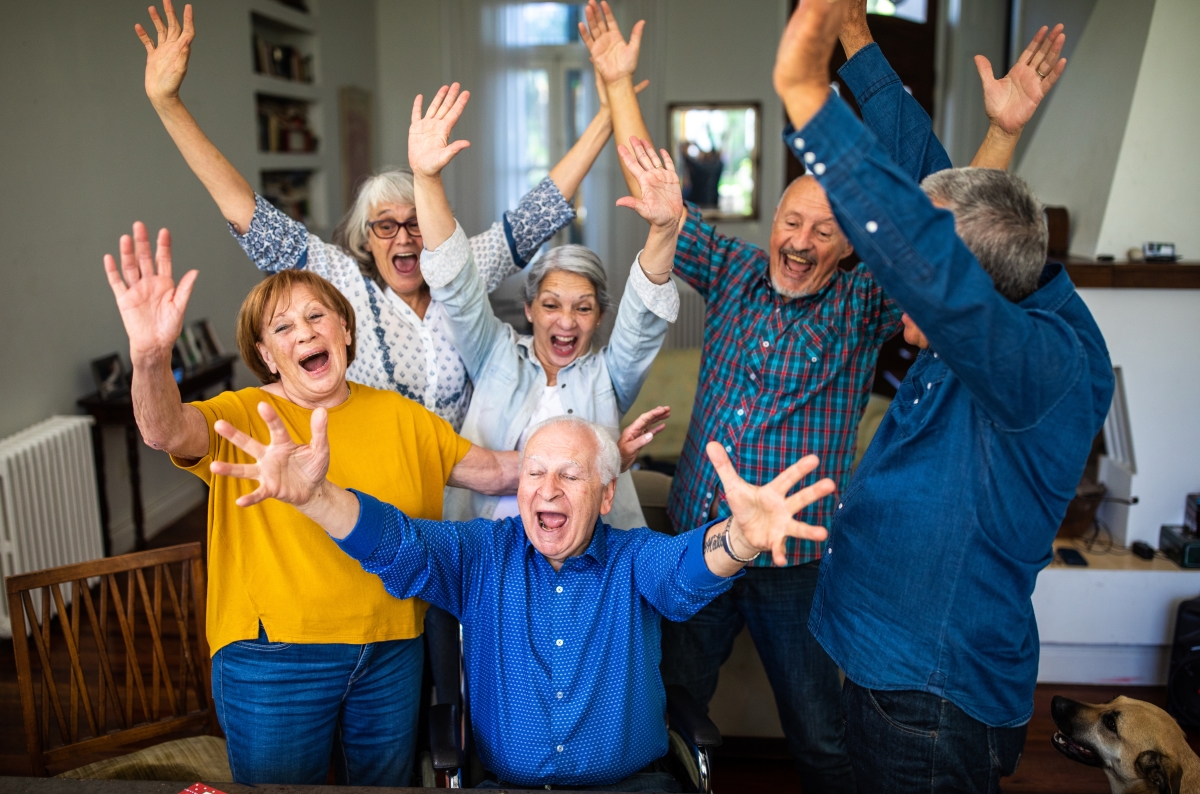
Exploring Interests
Identify activities that you find enjoyable and incorporate them into your routine. Whether it’s dancing, gardening, or painting, engaging in activities that you love can make staying active more enjoyable. Explore new hobbies or revisit old ones to keep things interesting and fulfilling.
Social and Group Activities
Participating in social and group activities can enhance your exercise routine and provide valuable social interactions. Join local clubs, classes, or community groups that align with your interests. Group exercise classes, such as water aerobics or senior fitness programs, can offer a sense of camaraderie and support while keeping you active.
6. Overcoming Common Barriers
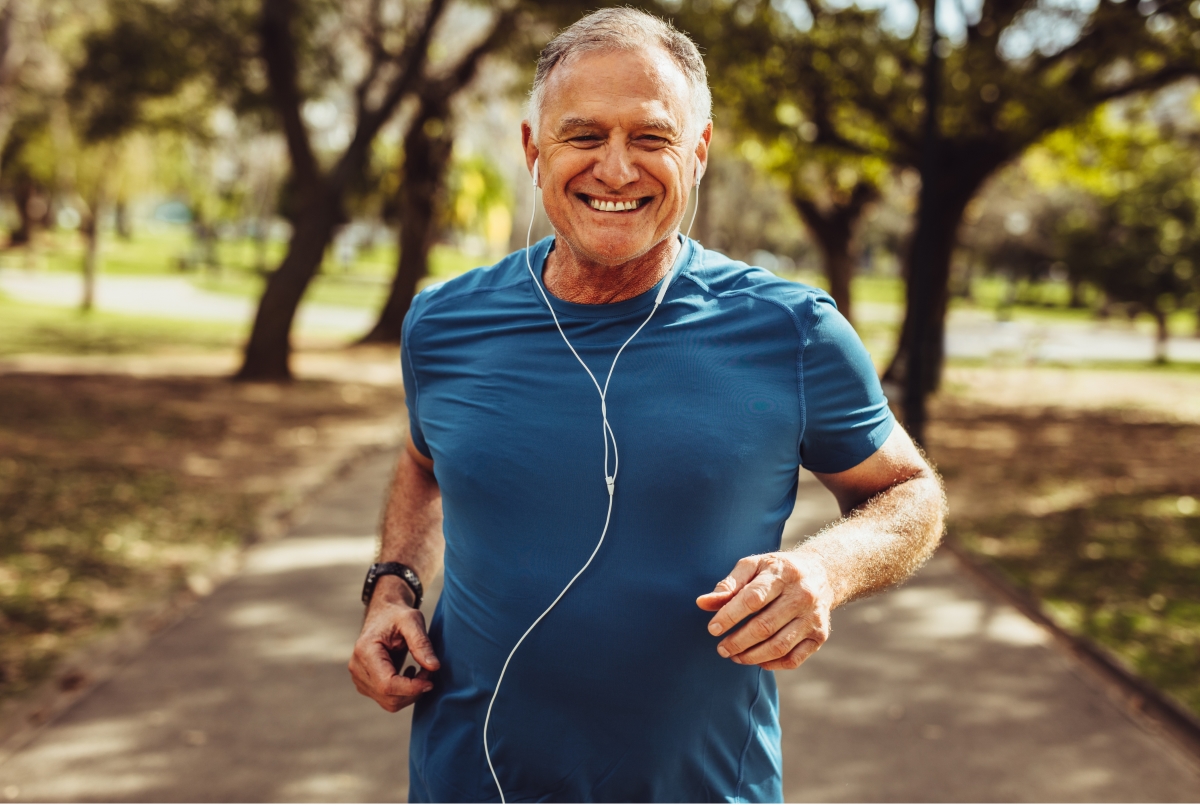
Addressing Motivation Challenges
Staying motivated to exercise can be challenging at times. To stay on track, try setting specific, measurable goals and track your progress. Reward yourself for achieving milestones and find ways to make exercise enjoyable, such as listening to your favorite music or trying new activities.
Dealing with Physical Limitations
If you face physical limitations, focus on adapting exercises to fit your capabilities. Choose activities that accommodate your condition and gradually increase the intensity as you build strength and endurance. Remember, every bit of movement counts, and finding ways to stay active within your comfort zone is key.
Finding Time
Incorporating physical activity into your daily routine requires planning and prioritization. Look for opportunities to move throughout the day, such as taking short walks, doing chair exercises, or participating in brief stretching sessions. Integrating exercise into your daily life helps ensure that you stay active without feeling overwhelmed.
7. Resources and Support
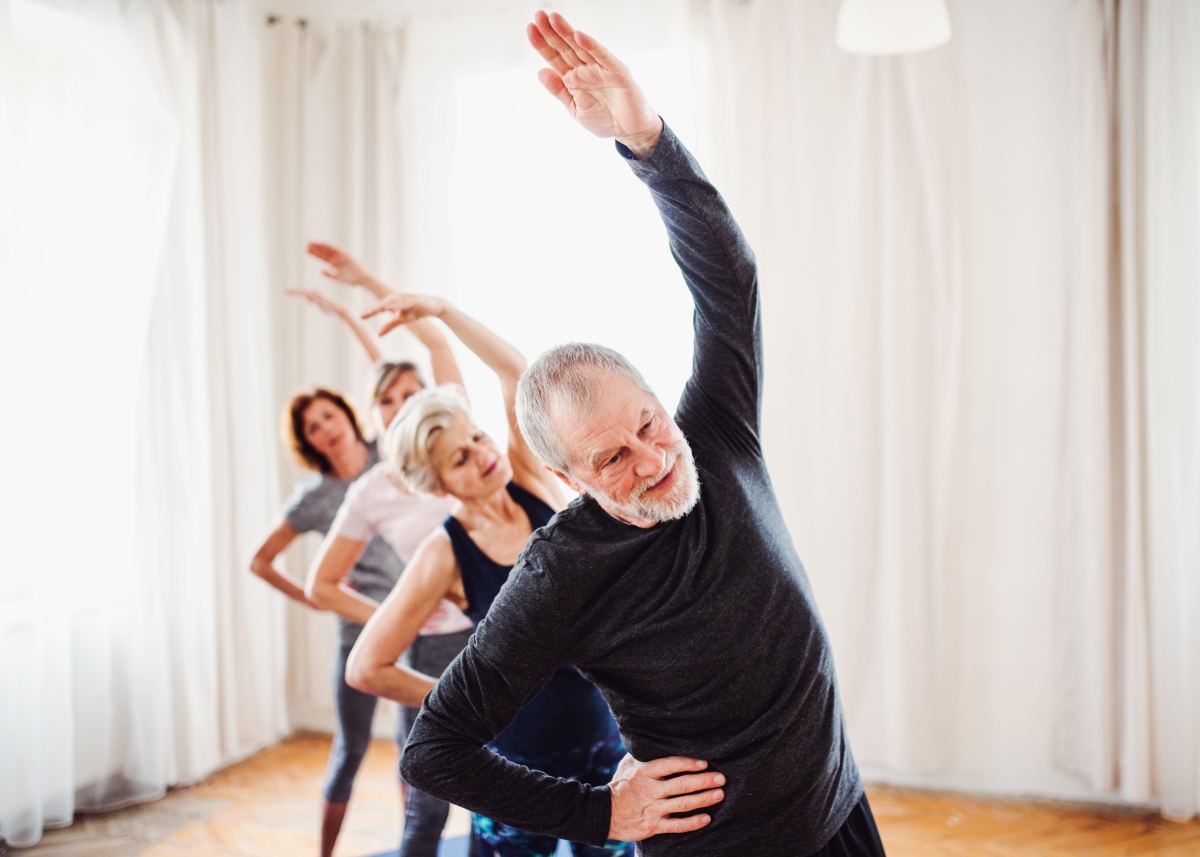
Local Community Resources
Explore local community resources such as senior centers, recreational programs, and fitness classes. Many communities offer specialized programs and events designed for seniors, providing opportunities to stay active and connected. Check with local organizations or community boards for information on available resources.
Online Resources
Take advantage of online resources, including websites and apps that offer senior fitness programs and exercise tutorials. Virtual classes and workout videos can provide convenient and accessible options for staying active from the comfort of your home.
Professional Support
Consider seeking support from fitness professionals who specialize in senior fitness. Personal trainers and physical therapists can offer personalized guidance and help you develop a safe and effective exercise routine. Additionally, consult with your healthcare provider to ensure that your exercise program aligns with your overall health goals.
Conclusion
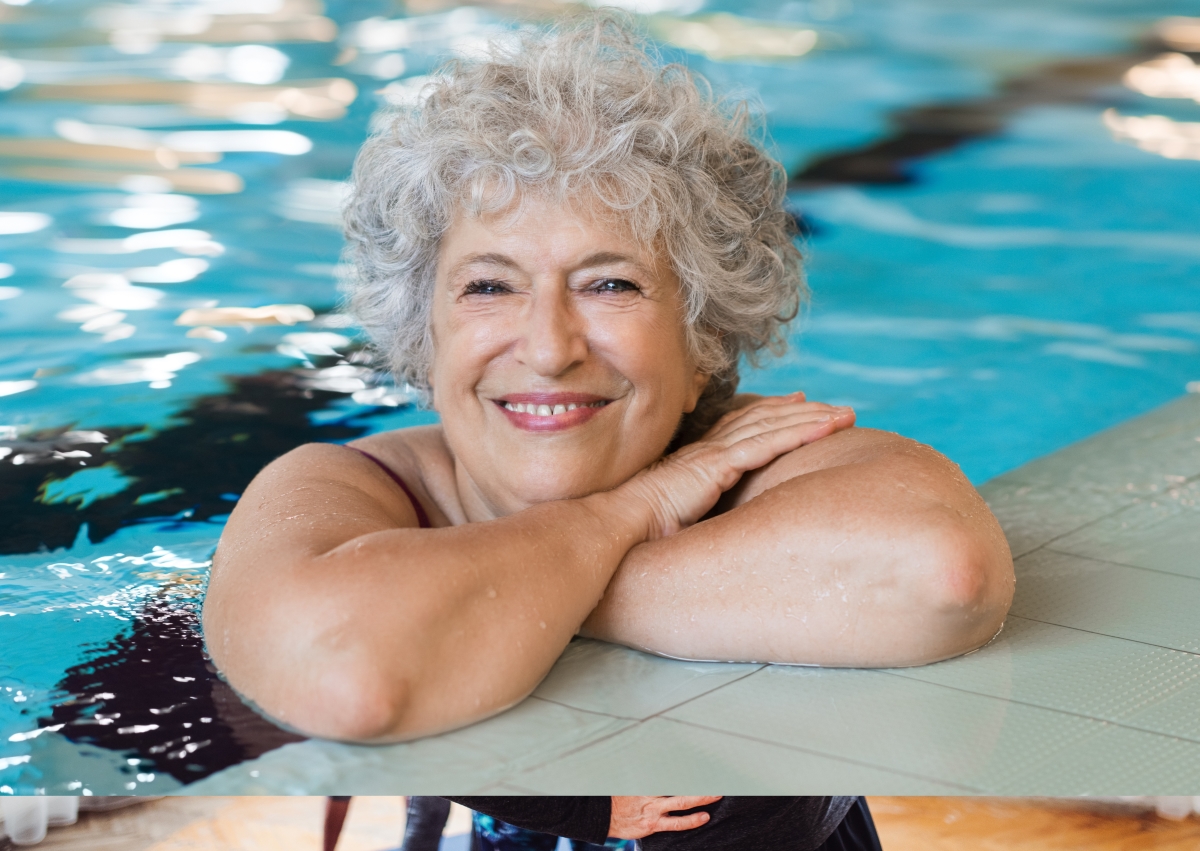
Staying active during your golden years is crucial for maintaining physical health, mental well-being, and social engagement. By understanding the benefits of exercise, exploring various types of physical activities, and creating a routine that fits your lifestyle, you can make the most of this vibrant stage of life. Embrace activities that you enjoy, adapt exercises to fit your needs, and seek support and resources to help you stay on track. Remember, every step you take towards staying active contributes to a healthier, happier, and more fulfilling life. So, take charge of your well-being and enjoy the journey of staying active in your golden years.

